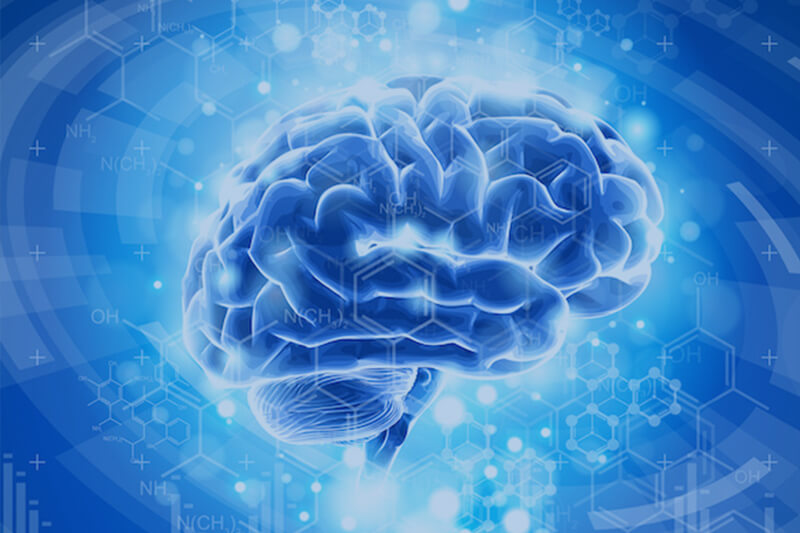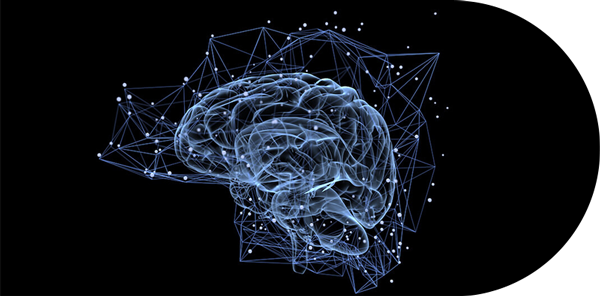Vestibular Disorders
Vestibular physiotherapy to help improve quality of life
What is the vestibular system?
The vestibular system is essential to give us balance and to coordinate movement. It can be divided into two parts: the peripheral system (inner ear) and the central system (the brain).

Peripheral vestibular system
The peripheral vestibular system, found in the inner ear, gives the brain the information about which way is up and in which direction we’re moving.
Central vestibular system
The central vestibular system receives information from the peripheral system, as well as information from the eyes, muscles and joints. It processes this information and sends messages to the muscles to help us keep our balance, and help us keep our eyes focused when we move our head or our body.
There is a range of conditions that can adversely affect your vestibular system. Vestibular physiotherapy and rehabilitation specifically target this system.
Type of vestibular disorders
Vestibular disorders are conditions related to the vestibular system and can be divided into two types:
Peripheral Vestibular Disorders
E.g. Benign Positional Postural Vertigo (BPPV), vestibular neuronitis
Central Vestibular Disorders
E.g. stroke

Symptoms
Symptoms of a vestibular disorder may include:
- Vertigo or the feeling that your world is spinning
- Tinnitus or ringing in your ear
- Difficulty focusing your eyes
- Nausea or vomiting
- Motion sickness
- Hearing loss
- Imbalance
- Dizziness
Types of vestibular disorders
There are many vestibular disorders, but some are more common than others. Benign Paroxysmal Positional Vertigo, or BPVV, is the most common cause of vertigo, producing the sense that the room is spinning.
Other vestibular disorders include:
- Labyrinthitis or vestibular neuritis
- Ménière’s disease
- Acoustic neuroma
- Vestibular migraine
- Vestibular hypofunction
- Persistent Postural Perceptual Dizziness (PPPD)
However, this list is by no means exhaustive, as there are many other vestibular disorders. Vestibular rehab by a neurological physiotherapist can assist with diagnosis and intervention for many of these disorders.
How we can help
Treatment for vestibular disorders
The first step in treating your vestibular disorder is to start with a thorough assessment to find out what’s causing your symptoms. Sometimes there may be multiple factors contributing to your vestibular issues.
People can experience different symptoms, depending on what isn’t working properly, and this will affect the type of treatment.
Vestibular Rehabilitation Therapy (VRT)
Vestibular Rehabilitation Therapy is exercise-based therapy aimed at improving your balance and decreasing your dizziness. The type of exercises provided will depend on the cause of the dizziness.
There are three main types of exercises in VRT:
- Habituation
- Gaze stabilisation
- Balance retraining
Your neurological physiotherapist will provide therapy based on your assessment findings that are tailored to your condition and the cause of your symptoms.
Canalith Repositioning Procedure
The Canalith Repositioning Procedure (CRP) is used to treat Benign Position Paroxysmal Vertigo (BPPV). BPPV occurs when tiny particles of debris in the peripheral nervous system (inner ear) are disturbed, often by sudden movement. The aim is to move the debris in the inner ear into the right place where it no longer causes problems. One of the most common CRPs is called the Epley Manoeuvre. In many cases, one treatment is sufficient.
Home-based exercises
As well as face-to-face therapy, if indicated, your neurological physiotherapist will design a personalised exercise plan aimed at resolving your symptoms.
